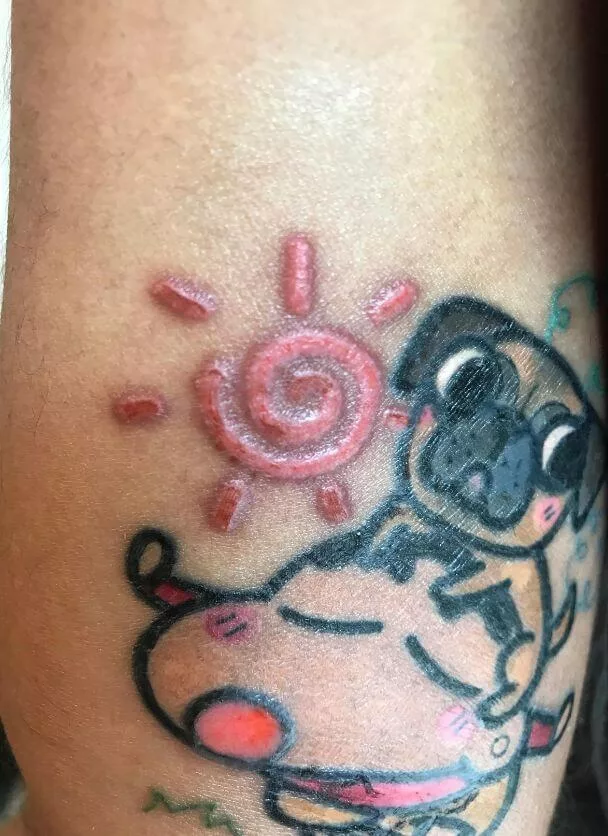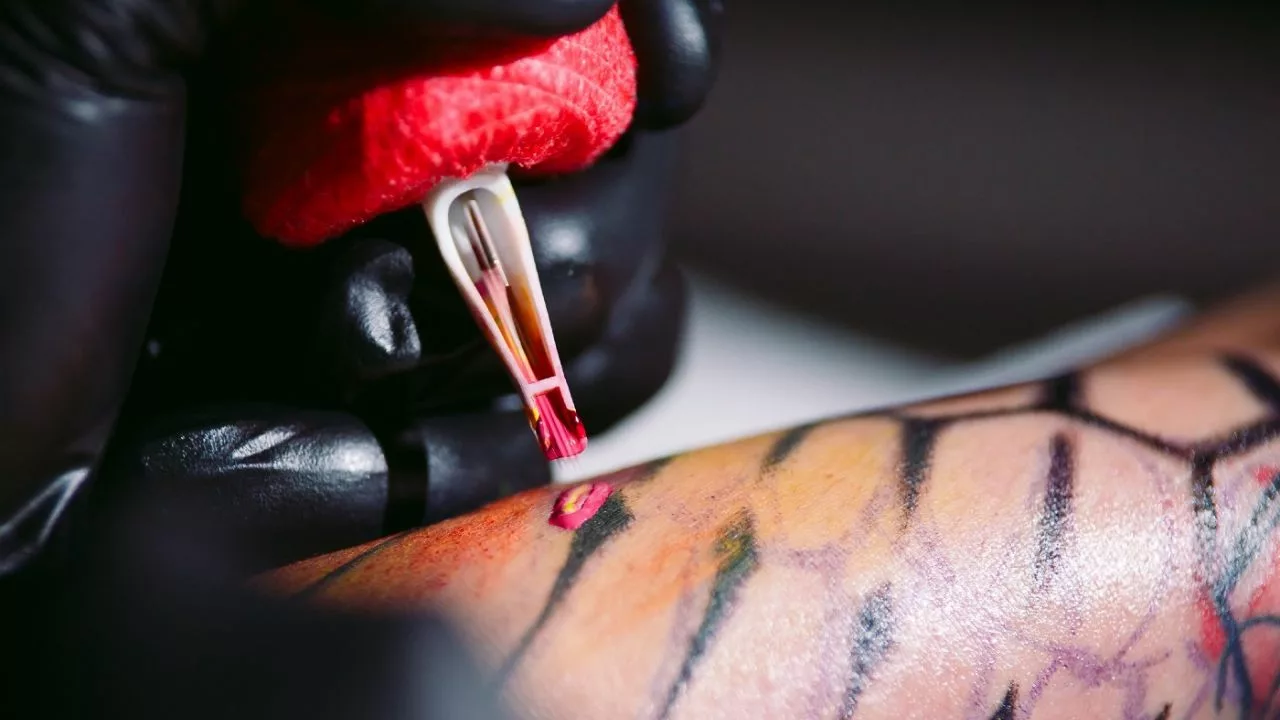Many people subtly get tattoos because they get them for themselves, not others; unfortunately, red tattoo ink doesn’t provide this benefit. Red tattoo ink is usually similar to other types of tattooing ink, but the color gradients are slightly different. Let’s discuss the risks of tattoo ink so you know if you want your next tattoo to be colored red or if you want to change the tattooing ink’s color. This is an interesting topic since it merges the art of color selection and the art of tattooing to form a great masterpiece on your body.
Red tattoo ink has been the favorite of bold and expressive tattoo lovers for a moment now, and they have strong reasons for choosing it:
- The bright and attractive red color adds to the charm of the tattooed design.
- Getting the red tattoo ink on your body adds a sense of confidence and individuality to a person.
- Tattoo ink has become more famous among celebrities and influencers, so their fans and followers get inspired to get red tattoo ink.
All of these significant factors regarding red tattooing ink might seem to bother some tattooing students, but it all depends upon the preference and desire of a tattooed person.
Risks Of Red Tattoo Ink:
Now, as some common motivations and advantages of tattoo ink are mentioned earlier, it’s time to get back on the topic and discuss how red tattoo ink can be risky and harmful for the tattooed person in certain situations. Having a better knowledge and information of these factors lead to being mentally prepared for consequences. Additionally, if you already know the risks involving tattoo ink, you can have better tattoo health and more suitable aftercare.

The following are a few risks of red tattoo ink:
- The composition of red tattoo ink is way more different and unique than the standard black tattoo ink. The changes in the composition of red tattooing ink are vivid, and a bright red color appears once the tattoo is healed. But the problem arises due to the composition of this red ink, as we will discuss in a few moments.
- When the red tattoo ink is inked into the skin and the aftercare procedure starts, just like any other tattooing inked, some particles of red tattoo inked are also removed from the dermis layer of skin and flow into the bloodstream as the immune system is working. Now the flow of these harmful particles into the bloodstream can cause abnormal cell growth.
- While healing tattoo ink, most people complain about enhanced scabbing, irritation, and pain. The reason for more suffering during the healing of a ink tattoo is that it consists of a more reactive and harmful composition.
Composition Of Red Tattoo Ink:
If you love colorful tattoo designs and natural sketches inked on your body, you must have thought of getting a red ink tattoo on your sleeves or neck. But like any other tattooing color, red tattoo ink has its benefits and disadvantages. Knowing the difference between the composition of red tattoo ink and all other tattooing inks will make your decision much more precise and efficient.
Hence, let’s elaborate on the composition of red tattoo ink:
Iron Oxide:
Have you ever read about the chemical composition of rust? It is iron oxide. Unfortunately, iron oxide or rust is a common composite of red tattoo ink. It is not a work of genius to understand how harmful it would be to your healthy body.
Cadmium:
The main reason for a bright and vibrant red color on tattoos is its high concentration of Cadmium. However, when Cadmium reacts to other elements in the ink’s composition, it also causes irritation, itchiness, inflammation, and redness on various body parts.
Nickel:
Nickel is among the top metal composites of red tattoo ink, and some people are more allergic to nickel than others. This phenomenon is often seen as fake jewelry causing allergic reactions in people. So if you are getting a red ink tattoo, there’s a high chance that it will cause itchiness and swelling on your skin.
Frequently Asked Questions:
How safe is the red tattoo ink?
The safety of tattoo ink mainly depends upon the sensitivity and reactivity of a person’s skin. If you have more sensitive and allergic skin, the tattooing ink will cause more irritation and pain during aftercare healing. On the other hand, if you have more stable and enduring skin, the tattoo ink won’t react much during the healing phases.
Are the red ink tattoos permanent?
Like most tattooing inks, the red ink tattoo can also last permanently if you properly care for it while healing. In most cases, the longevity of a red ink tattoo is directly proportional to the hygiene and precision in the inking and aftercare procedure.
Why does red tattoo ink cause more pain?
The reason that red ink tattoos cause more pain as compared to other types of tattoos is that it has some reactive and harmful composites. Moreover, the allocation and size of red ink tattoos can also be a factor that causes a lot of pain.
What are the metals in the composition of red tattoo ink?
The main metallic part of a tattoo ink composition includes nickel, Cadmium, and iron oxide. All of these metals are not reactive separately, but when combined, they can be very reactive and harmful to the tattooed person.
Is black safer than red tattoo ink?
Most tattooing experts say black ink is standard because it’s among the safest inks. On the other side, tattoo ink is classified as harmful and reactive to its unique and volatile composites.
Conclusion:
This is why we know what red ink means and the risks of red tattoo ink. The baseline concept is that red ink looks bright and attractive but has many drawbacks too. One of the most common risks involving red tattoo ink is that it’s more harmful, irritating, and reactive to a healthy human body than other types. If there is still any confusion regarding the red tattoo ink, the best solution is to consult a professional tattooing expert. Thanks for reading.

Leave a Reply